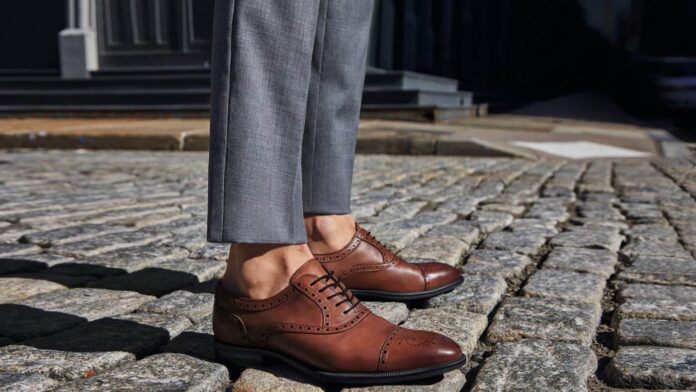
In the choice of classy footwear, we are often faced with various types of shoes. Among them are Oxford shoes which provide ample models for consideration. Whether we are going for serious commitment or business casual appearance, the brand will provide. However, there can be issue with comfort that arise due to the way these shoes are made and their focus on quality. That’s why we’ll offer a few simple tips on improving them.
Table of Contents
Why can shoes feel uncomfortable?
Shoes are made with longevity, quality, and durability in mind. Accounting for that, some compromises for comfort have to be made. While shoes will be wearable still, they aren’t the best option if you plan to be in them for longer periods of time.
The proper, firm, leather shoes will look great and endure any odd scrapes with no issue. However, they will force our foot into a shape that may not feel natural to it. Especially for those with bigger feet, making shoes comfortable can be quite a challenge.
Even business casual wear can feel troublesome to wear for prolonged periods of time. Oxford shoes may have their focus firmly set on high-quality casual wear but it can be difficult to achieve without some compromises.
With reasoning out of the way, let’s see what we can do to make these shoes more comfortable. These tips should be simple enough for everybody to apply and improve their overall experience with shoes.
1. Fit comes first
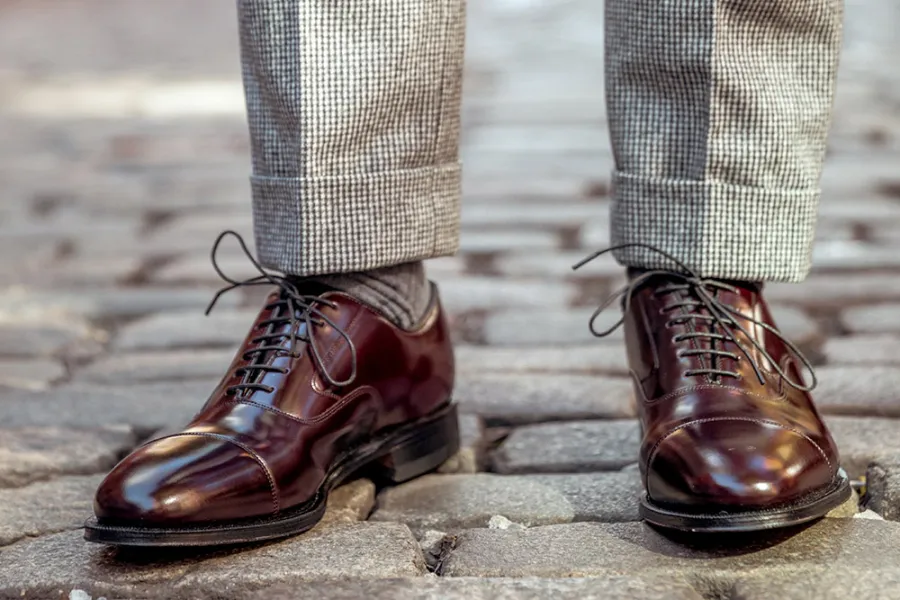
A common misconception around the world is that the comfort of our shoes stems exclusively from buying an appropriate size. This leads people to purchase fits that aren’t comfortable for their foot shape. The sizes are guidelines rather than concrete rules so you shouldn’t use these as sole basis for purchase.
Furthermore, our feet change constantly. The changes may not directly change the size of them but the best fit that we can use with them. It’s worthwhile to keep that in mind especially if you hadn’t really measured or checked your feet in quite a while.
Even a simple change in lifestyle can alter our feet. Being more mobile, especially over foot-comfortable terrain, could change the optimal choice of footwear for us. To keep up with these changes, make sure to measure your feet regularly. At least once a year if not a few times more.
The foot shape will be more apparent after these measurements, helping you choose the appropriate fit. Of course, this isn’t the only reason but does rank as the most common one. A lot of general issues with fit can be mitigated through this.
2. Lacing problems
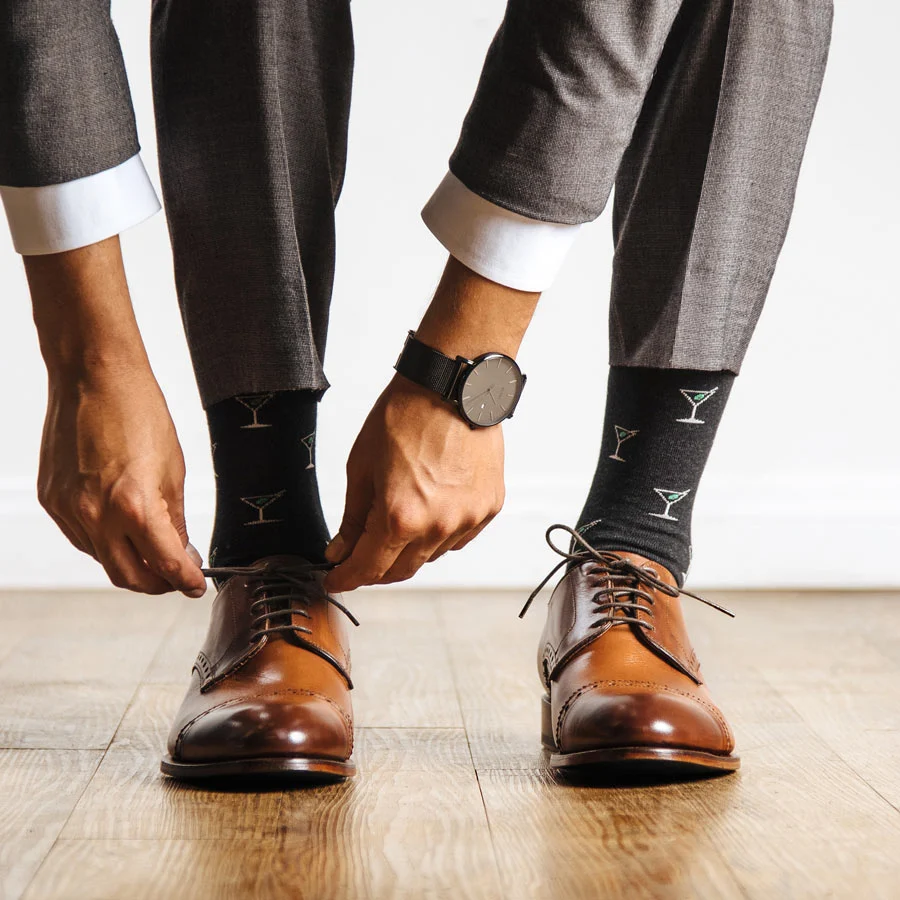
Lacing is often ignored when choosing shoes. It’s handwaved away as something that can be easily adjusted after the purchase or changed up with a different set of laces. However, this is the most apparent showcase that shoes will be uncomfortable. Oxford shoes are best known for this issue, which stems from their firm focus on special, lasting design. This design results in the part of the shoe with lacing and eyelets, called quarters, being too rigid. Disallowing the shoes from freely opening outwards.
Of course, if a lacing system feels too tight or gets to a point where it hurts you, it’s not the size that’s the problem. As mentioned before, it’s the wrong fit. With this specific issue, you’ll have to aim for a wider fit even if the size stays the same or even shrinks. That’s the key solution to this specific issue. Additionally, the eyelets can sometimes stick to your foot. This is not good and should be rectified by picking another fit.
3. Strips and grips
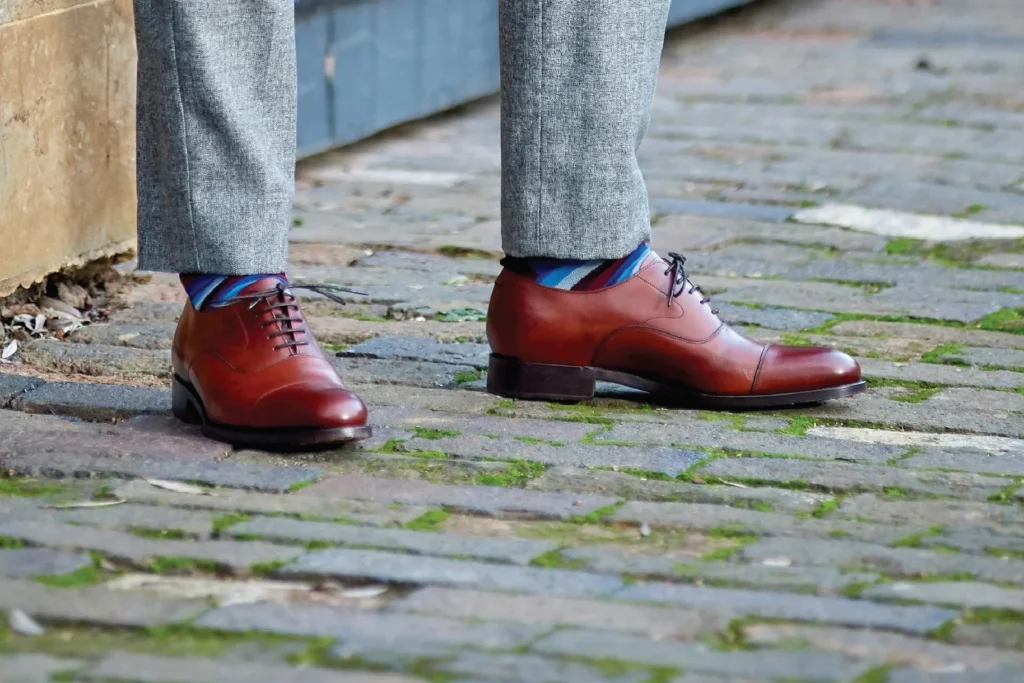
If you’ve already purchased a set of shoes and they are starting to hurt just not, there’s still a solution. It’s also possible for this problem to occur even with precautions taken or simply due to a lack of choices available.
Regardless of the reason for uncomfortable shoes, there are always tools to aid us in fixing the issue. Among those, heel grips and silicone strips are most reliable.
Heel grips do what they say they do, holding our heel steady while walking about. This is a great way to prevent chafing of our foot, especially if the rear part of the shoe feels a bit loose. It’s a key way to stopping blisters too as the two issues are often correlated. Of course, pay attention when picking heel grips. They vary in quality, what you really want is something soft enough yet firm. Choosing weak grips can make the issue persist.
The silicone strips have a different application but similarly useful function. The seam that runs through the width of the shoe can sometimes uncomfortably clasp on our foot. With that consistent pressure on our feet, walking can feel like a chore. The more time you spend in these shoes the worse it gets so getting a few of these strips can be a life saver.
4. Insoles
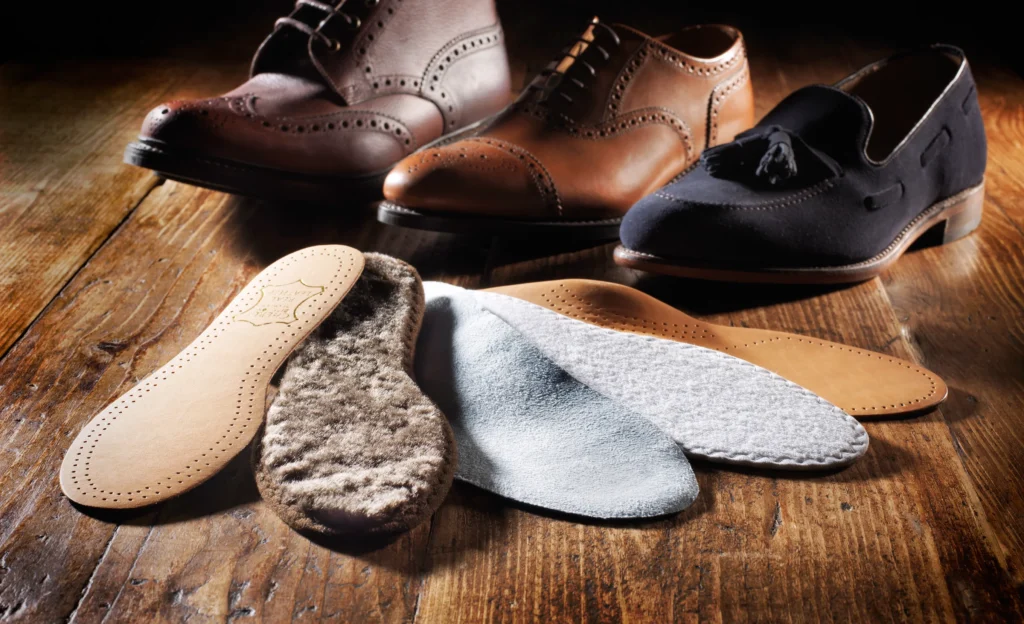
Of course, insoles remain the best way to mitigate any discomfort coming from the sole of our shoes. Even with wonderfully designed soles, Oxford shoes can be found uncomfortable by some people. The reason for that can be due to our specific foot shape, flat foot, or just preference towards extra cushioning.
You can get regular insoles that can fit most any type of shoe. Whether the exact shape fits the shoe is a whole different concern. Thankfully, a lot of the simpler insoles are made with materials light enough to cut off for a proper fit.
However, it’s possible to directly get custom insoles. A lot of applications and services exist that will provide you with ample support for your foot, custom made to fit it. Custom insoles will take into account the specific shape of your foot rather than the standard one, making it extremely easy to fit while providing ultimate comfort.
No matter whether you get custom or regular ones, insoles are a guaranteed way to improve comfort. It’s useful to get a pair even for other sort of footwear you have.















![16 Best Men’s Loafers 2023 [ BEST PREMIUM BRANDS ] best mens loafers](https://www.menshairstylesx.com/wp-content/uploads/2019/10/best-mens-loafers-1-100x70.jpg)
